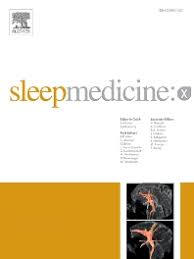Sleep profile status based on substance use, lipids and demographic variables in Tabari cohort study
Authors
Affiliations
Abstract
Background: This study aims to investigate the situation of sleep profile and its related factors in the Tabari Cohort Tabari (TCS) population.
Methods: The information of 10255 of the Tabari cohort population in the enrolment phase was used in this study. The sleep profile data was collected and recorded by trained questioners. The sleep duration in day & night, the time interval between going bed and falling asleep, continuous use of sedatives, involuntary nap, limb hypermobility during sleep and shift working were determined for each person. Data analysis was performed by independent T test and Pearson correlation coefficient.
Results: Mean, standard deviation, median, minimum and maximum of sleep duration in this population were 7.6, 1.6, 7.5, 0.5 and 17 h. Frequency of sleeping less than 6 h, 6-10 h and more than 10 h were 1168(11.4%), 8463(82.5%) and 624(6.1%) respectively. Prevalence of sleeping more than 10 h among men and women were 5% and 6.8% respectively (P < 0.001). Prevalence of sedative routine use among men and women were 4.7% and 9.6% respectively (P < 0.001). There were significant relationships between sleep duration and area residence, age group (P < 0.001), education level (P < 0.001), socioeconomic level (P < 0.001), triglyceride (P = 0.002), HDL-cholesterol (P = 0.013) and Cholesterol total (P = 0.021). There was a negative correlation between age and sleep duration (r = -0.062, P < 0.001).
Conclusion: The results showed the association of the quality and quantity of sleep with personal, social, environmental and biological factors such as gender, age, economic status, educational status, and lipid profile. Therefore without proper intervention, the incidence of outcomes associated with these risk factors can be predicted in TCS In later years.
Keywords: Lipid profile; Sleep profile; Substance; Tabari cohort.

